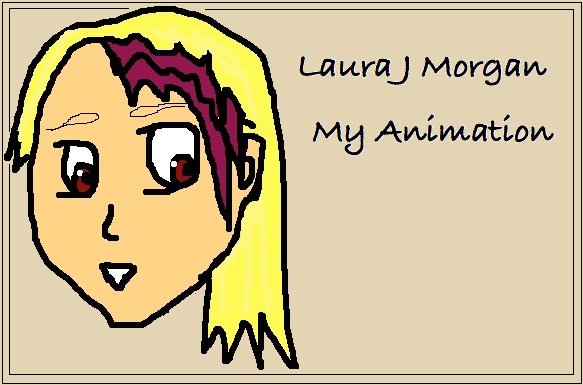http://www.youtube.com/watch?v=6_OLiXotBYM
Out of the Inkwell
"Out of the Inkwell", also know as the "Inkwell Imps" was first developed as an animation, so that Max Fleischer could demonstrate his invention, the Rotoscope. This device projected an image onto canvas so that live action could be traced out to make an animation, with realistic looking movement.
It all started in 1915 when Max would use video references of his brother Dave, whose job it was to dress as a clown as live inspirations. Fleischer then proceeded to make three short experimental animations based on his bother's character throughout 1914 to 1916. By 1918, "Out of the Inkwell" became a major animated series which originally ran up until 1929.
Fleischer produced "Out of the Inkwell" at Bray studios as a monthly publication for Paramount Pictures magazine and then at Goldwyn studios in 1921.
Max Fleischer was one of the most imaginative animators of his time and it was his flare that made the animation so popular in the early part of the century.
Fleischer worked hard on all of his animations, working as the writer, director, producer and actor in the "Out of the Inkwell" series.
What is so inspiring about this animation is how Fleischer integrated live action into his films and how the animations would come to life, jumping of the paper and acting alongside him, really giving a sense of magic and inspiration to the audience. This made it one of the most popular silent films of its time.
In a typical "Out of the Inkwell" film, Fleischer would start by drawing his clown who would then come alive and start to interact with Fleischer ending up in sword fight or other exciting tales. What is truely fascinating is the skill and the imagination it would taken to achieve this realistically without the use of today's technology.
In 1923 Dick Huemer was employed as the director of animation for "Out of the Inkwell". During his time working on the Silent series, Huemer gave the signature clown a name, KoKo. He also gave and perfected the inking technique used in the animation, which it is now so well known for. He also added new characters to the animation, such as Fitz the dog (later named Koko-nut and then Bimbo) who was one of the first and most popular characters that he added.
At the time that "Out of the Inkwell" was being produced animation was still new. This was before the Disney era and a lot of people didn’t know what animation was or had never seen a cartoon. Fleischer's invention of the Rotoscope completely revolutionized the animation industry and even today the term rotoscoping is still common amongst animators, despite the new technology which has since been developed.
At the time of the "Out of the Inkwell", the idea of science rather that religion was beginning to take a stronger hold on society with the idea of darwinism and evolution. This allowed animators and artists to uncouple and develop ideas and remove them from a larger social meaning. They were able to develop completely new concepts and step away from the idea that God was the creator of all. Even though religion still remained strong and many people still had their faith, it became easier for them to accept different ideas and story lines. For example, throughout the Inkwell shorts, Fleischer is the creature of his drawing, who comes to life. In previous years the idea of this would have been completely unacceptable and the audience would have not allowed the thought of someone other than God being able to create life!
Aesthetic formalization was developed in the late 1800s and early 1900s. It illustrated how visual experience began to change in the social system once science began to gain respectability in all aspects of life. Formalization focuses on the analysis of physical and perceptual characteristics of an object by breaking it down into its reduced form, i.e to its lines, its shape and its colour.
You can see this throughout the "Out of the Inkwell" animations. Koko the Clown had a very simple form about him, very 2-D and two toned, and these aesthetics about him were much the same as that of the movement at the time. As the years progressed and Koko was kept to much the same style, though his inking was developed further, keeping him recognisable to the audience.
Overall, "Out of the Inkwell" was a very successful animation in the Silent Era of film. Fliecher’s success with "Out of the Inkwell" inspired him to carry on with other animations, such as Betty Boop, Superman and Popeye, which rivaled Disney in popularity.
Unlike Disney, Fliescher’s most loved characters were humans characters, which gave him some edge over the other animation studios of the time. However, due to new, stricter censorship laws enforced by production code in 1934, Fliescher was forced to “dull down” a lot of their more risqué humor, which lead to a fall in popularity of their short cartoon animations.
Out of the Inkwell Productions was later renamed to Fleischer Productions which ran up until 1942 when Paramount Pictures made the Fleischer bothers resign due to legal rights over "Out of the Inkwell" and other short films made at the Fleishcer Productions studio for Paramount Pictures.

No comments:
Post a Comment